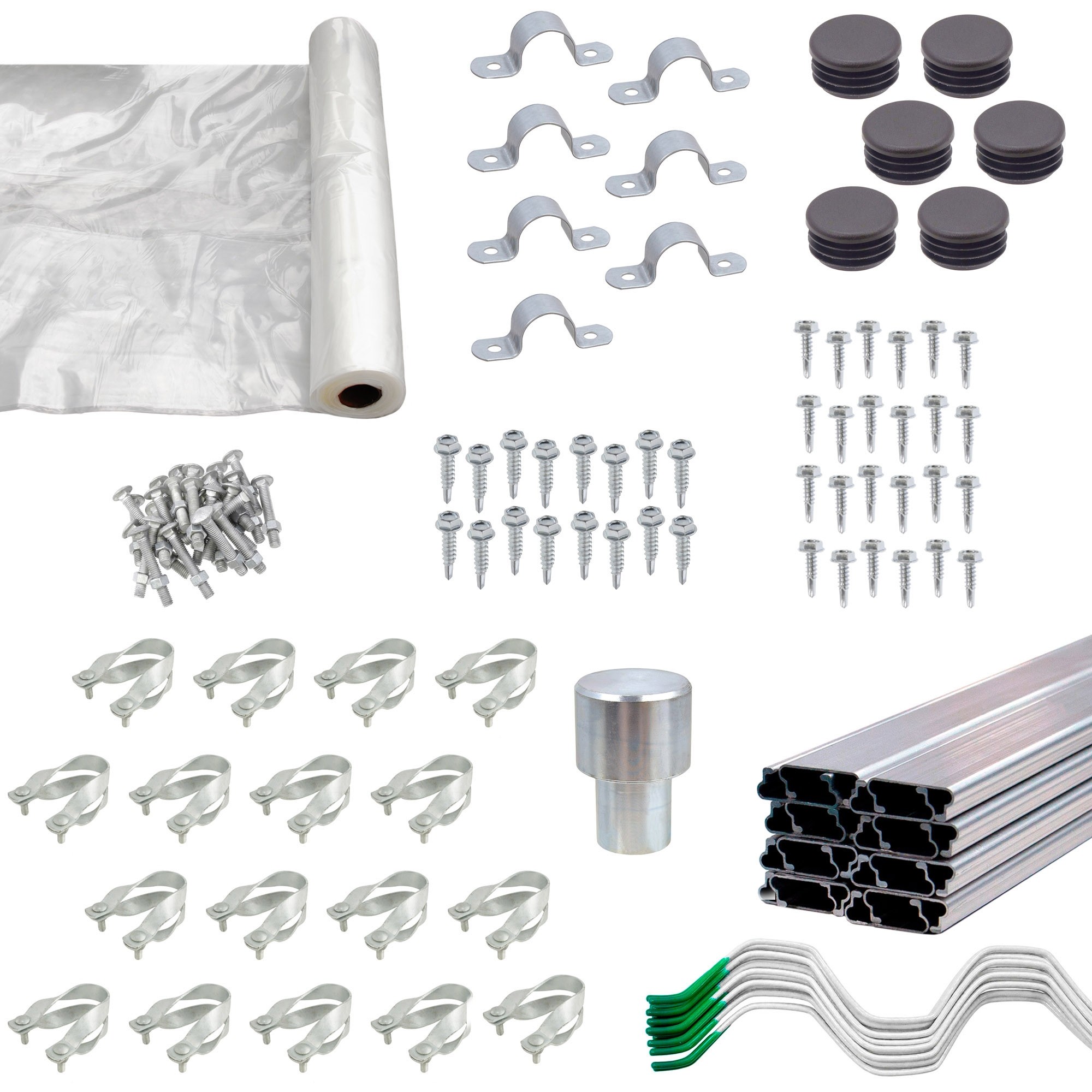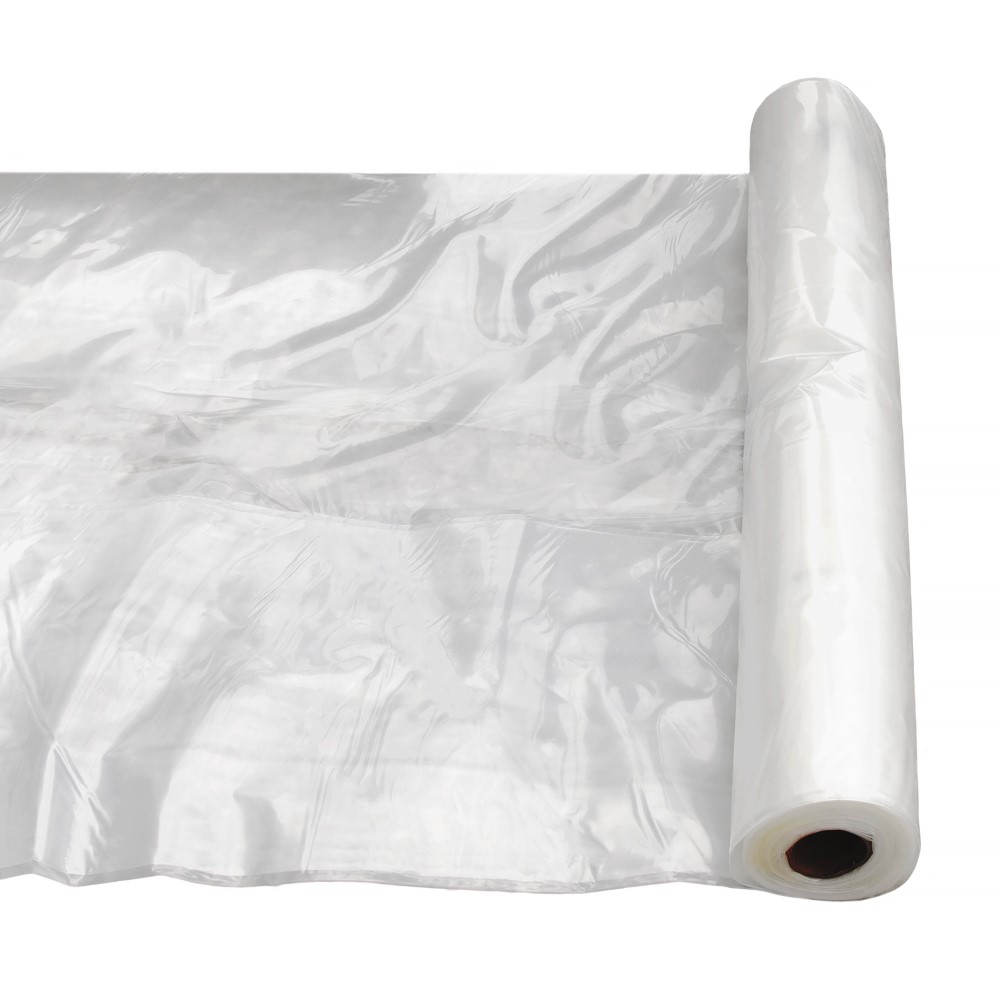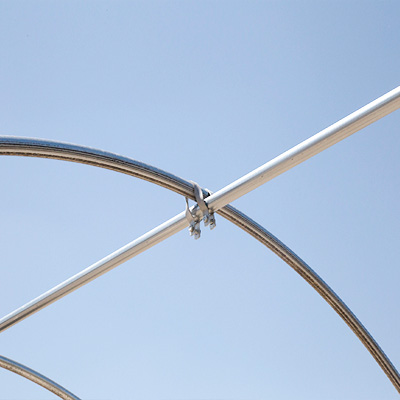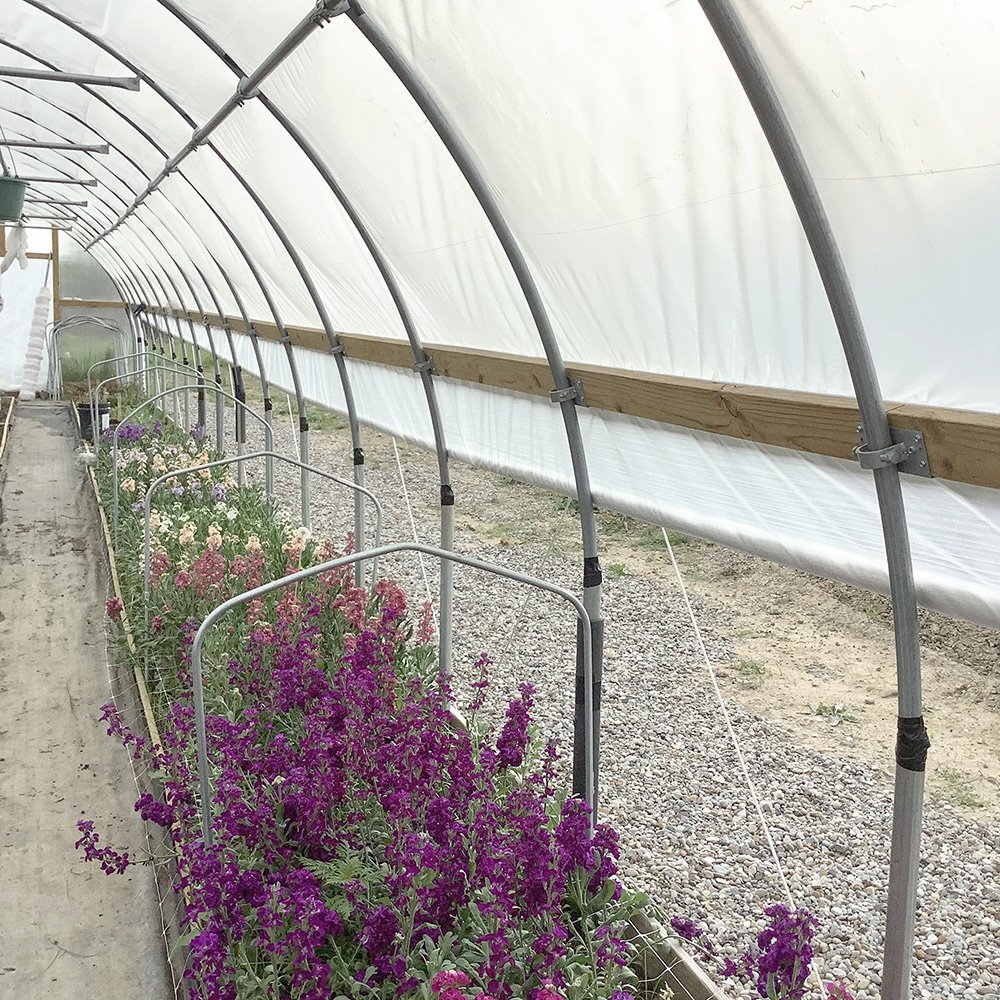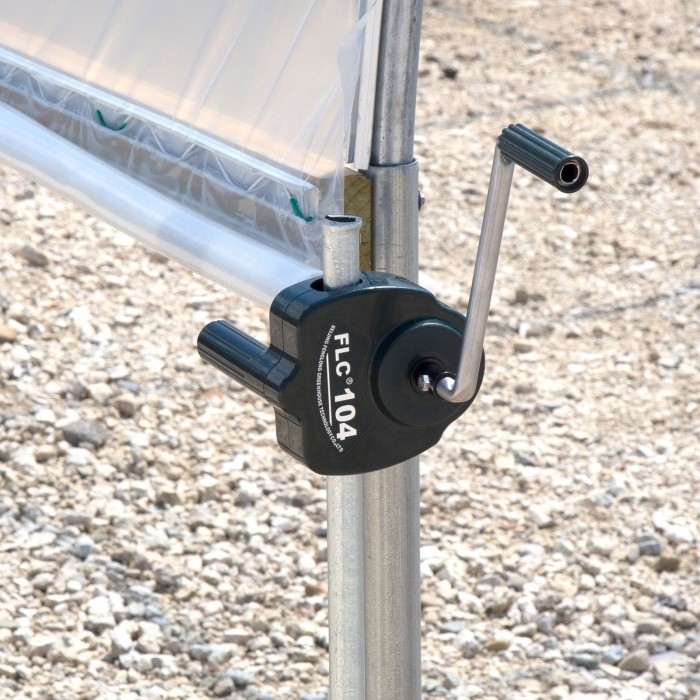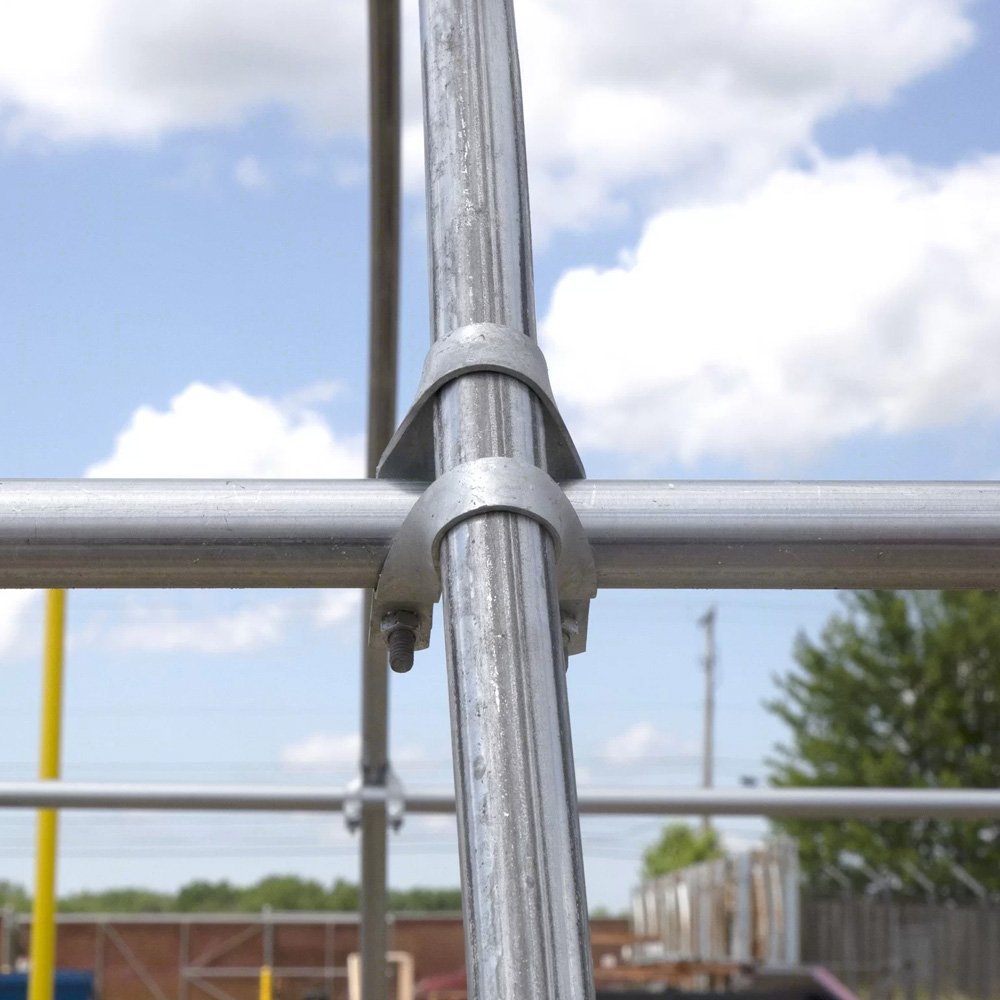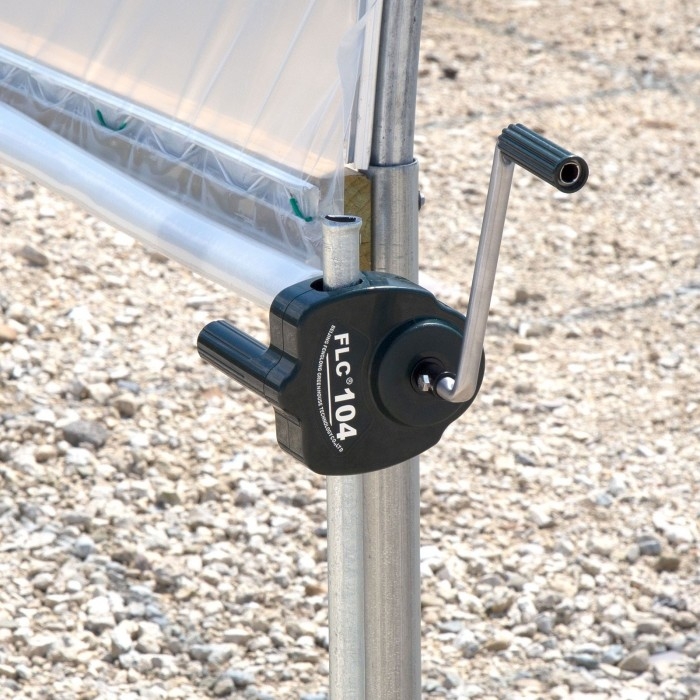What is a Hoop House? Helpful Tips for Hoop House Installations
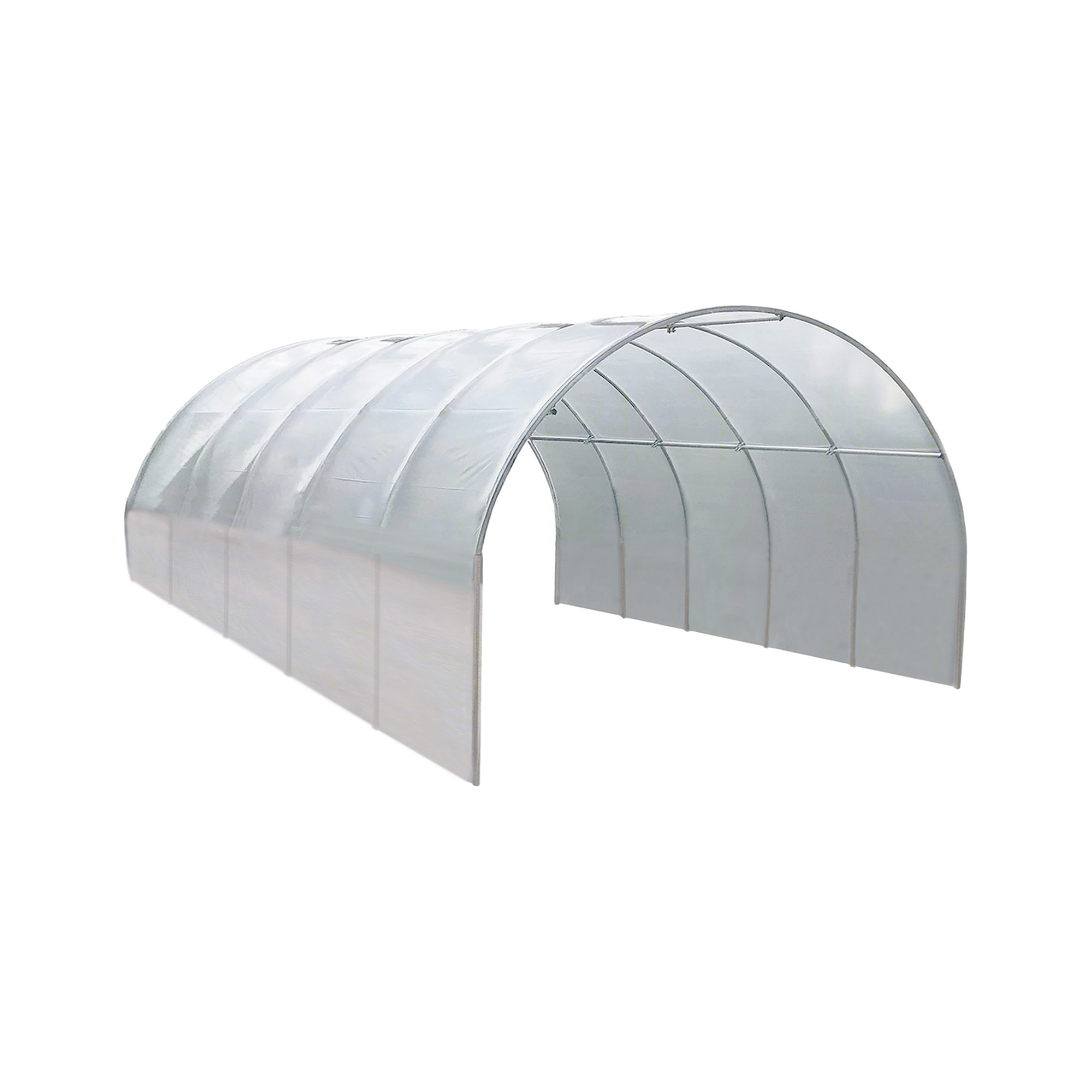
A hoop house is a type of greenhouse that features a series of evenly spaced, semi-circular frames, typically constructed from metal or PVC, which are covered with a layer of polyethylene plastic. These structures are used extensively in agriculture to extend growing seasons, offer protection from adverse weather, and provide a stable environment for crops to thrive. While not classified as permanent buildings due to the nature of their materials, hoop houses offer durability and long-term usability with proper maintenance and regular upkeep.
Greenhouses vs. Hoop Houses
While hoop houses and greenhouses share the common goal of creating a controlled environment for plant growth, they differ significantly in design, construction, and function. A traditional greenhouse is generally a more permanent structure, often made with glass or polycarbonate panels and supported by a solid frame of metal or wood. These structures may include automated climate control systems, heating units, and sophisticated ventilation options, making them ideal for year-round growing and more precise environmental management.
Hoop houses, by contrast, are simpler and more cost-effective. Their frames are typically made from lightweight materials such as galvanized steel or PVC and are covered with a single or double layer of plastic film. They rely on passive solar heating and natural ventilation, with fewer mechanical systems involved. Because of their lower cost and quicker setup time, hoop houses are often preferred for seasonal growing, starter crops, or small-scale farming operations. They offer flexibility and ease of relocation, whereas greenhouses are more fixed in place and involve higher upfront investment and maintenance costs.
Overall, the choice between a hoop house and a greenhouse depends on the grower’s needs, budget, and long-term goals. Hoop houses provide an excellent entry point into protected agriculture, while greenhouses offer greater control for those requiring a permanent and highly regulated growing environment.
Hoop Houses as Temporary Structures
Technically, hoop houses are not considered permanent structures. According to construction codes and definitions such as those used by Permits Sonoma, hoop houses fall under temporary membrane structures because they are typically not in place for more than 180 days within a 12-month period. Even though they are labeled temporary, hoop houses can last for many years depending on the materials used and the care they receive. The polyethylene film commonly used to cover hoop houses, such as UV-stabilized plastic, can last up to four years under normal environmental conditions. Over time, exposure to sunlight and weather will degrade the material. As a result, the plastic covering will eventually need to be replaced, both to maintain structural integrity and ensure proper functionality.
When to Replace the Plastic
While the plastic sheeting is designed to last for multiple seasons, there are signs that indicate it may be time for a replacement. Visible yellowing or cloudiness reduces light transmission and affects plant growth. Small tears, especially those that continue to grow despite patching, suggest the plastic's elasticity and strength are compromised. Brittle or cracking film is a clear sign of UV degradation. Regular inspections can help identify these problems early, allowing growers to maintain an optimal environment for their crops. Although there is a cost associated with replacement, the relatively infrequent need for new plastic makes it a manageable maintenance task that supports long-term productivity.
Orientation for Maximum Efficiency
The orientation of a hoop house is an important consideration that affects sunlight exposure and natural ventilation. In general, the structure should be positioned to optimize solar gain during the growing season and to facilitate passive temperature control. For hoop houses that are shorter than 100 feet, orienting the long side east to west is usually recommended. This maximizes exposure to the low-angle sunlight during winter months, which helps warm the structure and extend the growing season. In contrast, north-south orientation is more suitable for longer hoop houses because it encourages even light distribution and can help prevent overheating during summer.
Ventilation and Wind Considerations
In addition to sunlight exposure, prevailing wind direction plays a critical role in hoop house performance. Positioning the hoop house perpendicular to the prevailing wind can enhance passive ventilation by allowing air to flow naturally through the structure. This is particularly important during warm weather when internal temperatures can rise quickly. Good airflow helps reduce humidity, prevent fungal growth, and improve overall plant health. Doors or vents should be placed at both ends of the structure to enable cross-ventilation, which is more effective when wind direction is taken into account.
Seasonal Climate Control
One of the primary benefits of a hoop house is its ability to offer seasonal climate control. In summer, proper shading and ventilation are essential to prevent heat buildup. Techniques such as rolling up the sides or using shade cloth can help regulate temperatures. In winter, the same plastic covering that can overheat in the summer helps trap heat inside, protecting plants from frost and extending the growing season. The versatility of a hoop house makes it suitable for a wide range of climates and applications, from backyard gardening to commercial farming operations.
Frequently Asked Questions
Are Hoop Houses Considered Permanent Structures?
No, hoop houses are classified as temporary structures under most building codes. This is largely due to their lightweight construction and the need to replace the plastic covering periodically. Despite being temporary by definition, they can remain in place and functional for many years with proper care. Their non-permanent status can also simplify permitting and zoning requirements in some areas.
What Is The Best Orientation For A Hoop House?
For hoop houses under 100 feet in length, an east-west orientation is ideal to capture the most sunlight during the winter. Longer hoop houses often benefit from a north-south orientation to ensure even light distribution throughout the day. The optimal orientation can also depend on local climate and wind patterns. Proper alignment improves energy efficiency and crop yield.
How Often Does The Plastic Covering Need To Be Replaced?
Most greenhouse-grade polyethylene films are rated to last around four years with UV stabilization. Environmental factors like wind, hail, and intense sun can reduce this lifespan. Regular inspection for tears, brittleness, or discoloration can help determine when replacement is needed. Keeping the plastic in good condition ensures consistent light transmission and structural integrity.
How Do Hoop Houses Stay Warm In Winter?
Hoop houses trap solar heat during the day, which warms the interior and protects plants from cold temperatures. The plastic covering acts as insulation, preventing heat from escaping quickly at night. Additional methods like using row covers or thermal mass can enhance warmth retention. Properly sealed ends and minimized air leaks are also important for maintaining heat.
What Are The Main Differences Between Hoop Houses And Greenhouses?
Greenhouses are generally more permanent and often constructed with rigid materials like glass or polycarbonate. They may feature automated climate controls, making them suitable for year-round growing. Hoop houses are more affordable and quicker to build, relying on passive methods for ventilation and temperature control. Each serves different needs depending on budget, scale, and growing objectives.
Contact Us
If you're considering a hoop house for your garden or farm, understanding the basics can help you make the right choice for your growing needs. Hoop houses offer an affordable and effective way to extend your growing season and protect crops from harsh weather. While they are technically temporary structures, their durability and performance make them a long-term solution for many growers. Choosing the right orientation, maintaining the plastic covering, and knowing how they differ from traditional greenhouses are key to getting the most from your investment. If you have questions about building or maintaining a hoop house, our knowledgeable team is here to help. Reach out today to learn more about your options and get started on creating a productive growing environment.
Contact Us How to Build a Hoop House
